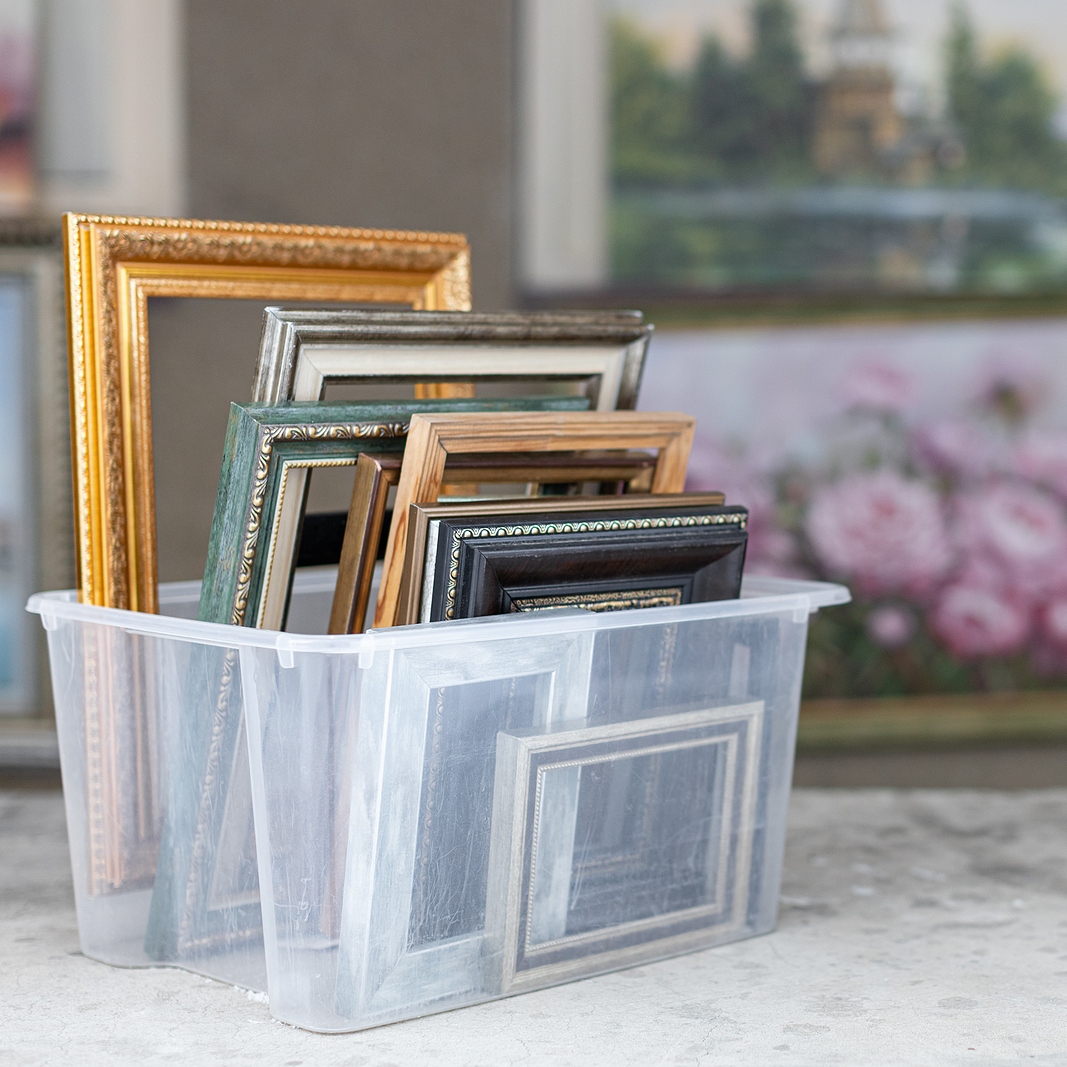Collecting beautiful fine art pieces and enjoying them whenever you want are some of the greatest joys of an art lover’s life. But there comes a time when you have to put your collection away for some time. Maybe you are moving to a different house or country, renovating, or changing your art display. In that case, you might have many questions that need informed answers. We will try answering some of the most common questions about how to pack paintings for storage.
How to Pack Paintings for Storage Like a Pro?
Question 1: Is it possible to store my paintings at home?
Of course! But you might have to spend some time figuring out the space you will use for storage. Providing appropriate climate conditions is crucial to preserving your art collection over a long time. You will also have to pack your art pieces well. If you are not sure how to pack paintings for storage, there are professional art packing and art storage services available.
Question 2: What should I do before starting to pack?
Before wrapping your art pieces in protective layers, you should take care of paint breakage, molding, or other unpleasant imperfections that your painting might have acquired while hanging on the wall. Storing a piece with any of those issues can ruin it. Just imagine taking a painting out after a year of not seeing it and finding out you have lost it forever!
Question 3: Can I roll up my painting before storing it?
We do not recommend rolling up your paintings if there is no direct need for this because when a piece is taken out of its frame and unstretched, it becomes extremely fragile. It is always better to store your artwork in its original frame. However, if you do need to roll up a canvas, make sure you do so with the painted side facing out to prevent it from cracking.
Question 4: Can I use materials like bubble wrap for packaging?
The choice of packing materials depends on the artwork itself. In many cases, you can use bubble wrap but never put it directly over your piece. When asked the question of how to pack paintings for storage, our experts always suggest using multiple protection layers that often include acid-free paper and durable cardboard, among others. A custom wooden crate is also a good option for storing fine art.
If you find yourself overwhelmed by all of this information, do not hesitate to ask Fine Art Shippers for help.
